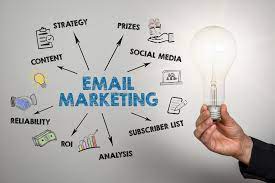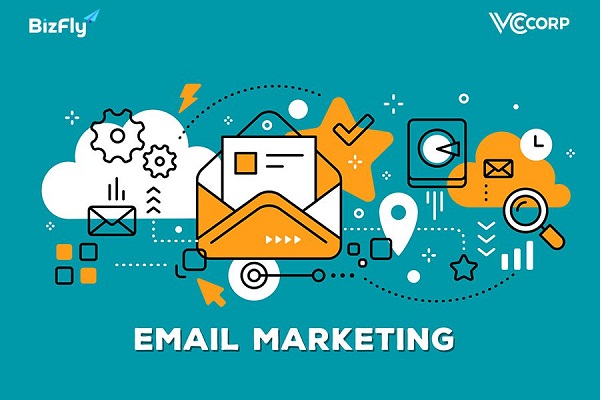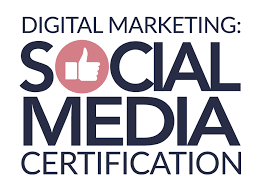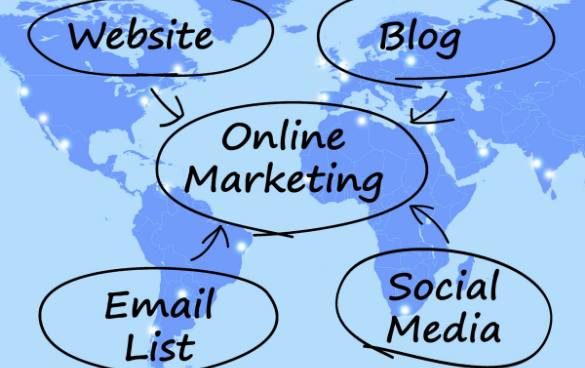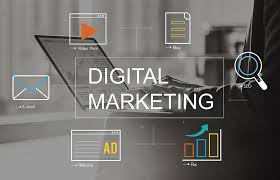29
Sep
Email automation and measuring email campaign success are essential components of email marketing. Automation allows you to streamline your email processes, save time, and deliver timely and relevant messages to your subscribers. Measuring campaign success helps you evaluate the effectiveness of your email marketing efforts and make data-driven decisions to optimize future campaigns. Here's a guide on email automation and measuring campaign success: Email Automation: Welcome Emails: Set up automated welcome emails to greet new subscribers and introduce them to your brand. Provide a warm welcome, share relevant information, and set expectations for future emails. Drip Campaigns: Create automated drip…

